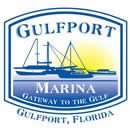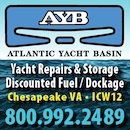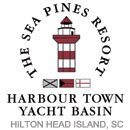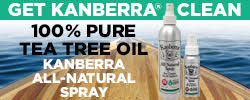Temperature WhiplashAs the title implies, we’re going to be on a roller coaster ride with our temperatures over the next week. We get milder at first, then blasted with the coldest air of the season so far Sunday night through Tuesday morning, then we gradually warm up through the rest of next week as a warmer weather pattern develops over this part of the country. Today, a weak storm system is passing north of us (with flurries as far south as Charlotte); we’ll remain dry as it and a trailing front cross the Palmetto State. Northern areas seeing clouds this morning will see the sun this afternoon. An air mass of Pacific origin will move in on Saturday, bringing sunshine and temperatures slightly above average. However, a second cold front now over the upper Midwest and northern Plains will approach. That next front will arrive in the Upstate around daybreak on Sunday and push through the rest of the state through the morning and early afternoon. This front will also bring limited moisture, only enough to trigger stray showers. This front will lead an arctic air mass into the Southeast. Often, cold air lags behind cold fronts moving through South Carolina by as much as a full day, but not this time. Highs for the day will occur as the front arrives, with temperatures falling during the midday and afternoon after a mild start in most places. Gusty north-northwesterly winds will make it feel even colder with wind chills dropping to the 20s and 30s over the northern part of the state. So, if it feels nice when you leave Sunday morning, take a jacket with you because it may not be so nice on the way home. The winds will be an annoyance for motorists and especially pickleball players. I’ve warned the members of my group to expect a cold, blustery comedy of errors when we play on Sunday afternoon! 
The forecast weather map for Sunday morning from the Weather Prediction Center shows their expected positions of weather features at 7 a.m. Sunday and precipitation areas for Sunday and Sunday night. Arctic air will arrive in the Upstate early in the day but during the midday and afternoon for the rest of South Carolina. The winds will diminish Sunday night, and we’ll wake up on Monday to the coldest temperatures we’ve experienced since last winter. It’ll be in the 15-20° range except at the coast, within shouting distance of the cold we saw back at Christmas of 2022. It’s potentially pipe-busting cold, so you’ll want to take time this weekend to make sure your home’s pipes are adequately insulated. If your plumbing is vulnerable to the cold, you’ll want to leave faucets dripping before you go to bed Sunday night. 
The above map shows the forecast low temperatures on Monday morning across South Carolina from the National Weather Service. Image Source: WeatherBELL Temperatures will only recover to the 30s on Monday afternoon, with some low 40s in the Lowcountry. Another clear, frigid night follows for Monday night, though it won’t be quite as harsh with most areas seeing lows of 20-25° on Tuesday morning. Moderation begins Tuesday afternoon, which will be chilly but much more tolerable than Monday afternoon as most of the state gets to at least 50°. Temperatures take another step upwards to the upper 50s and lower 60s on Wednesday, then most places will get into the 60s on Thursday. Another cold front will be due here at the end of next week, but the exact timing is uncertain at this range. We’re also not sure how much moisture the front will have to work with; we probably will get some rain, but not a lot. I’m sure y’all are looking ahead to Christmas, and I am, too. A brief chilly spell should follow the late-week front for next weekend, before it turns warm again the following week. It’s too early to speculate on whether Christmas Day or a surrounding day will be wet or dry. However, above-average temperatures are likely, and the odds of a White Christmas across South Carolina this year are zero, rather than the usual infinitesimally small odds. If any part of the previous paragraph doesn’t work out, or you’re unhappy about warmth at Christmas, save it for The Airing of Grievances on the 23rd. Drought remains a problem in parts of the state, especially for some of the Lowcountry and the Central Savannah River Area. 
The drought conditions are likely to expand and worsen over the next couple of weeks, as our prospects for substantial rain are low during this period. We can definitely gripe about that next Tuesday. Frank Strait
Severe Weather Liaison
S.C. State Climate Office | 






























































Be the first to comment!